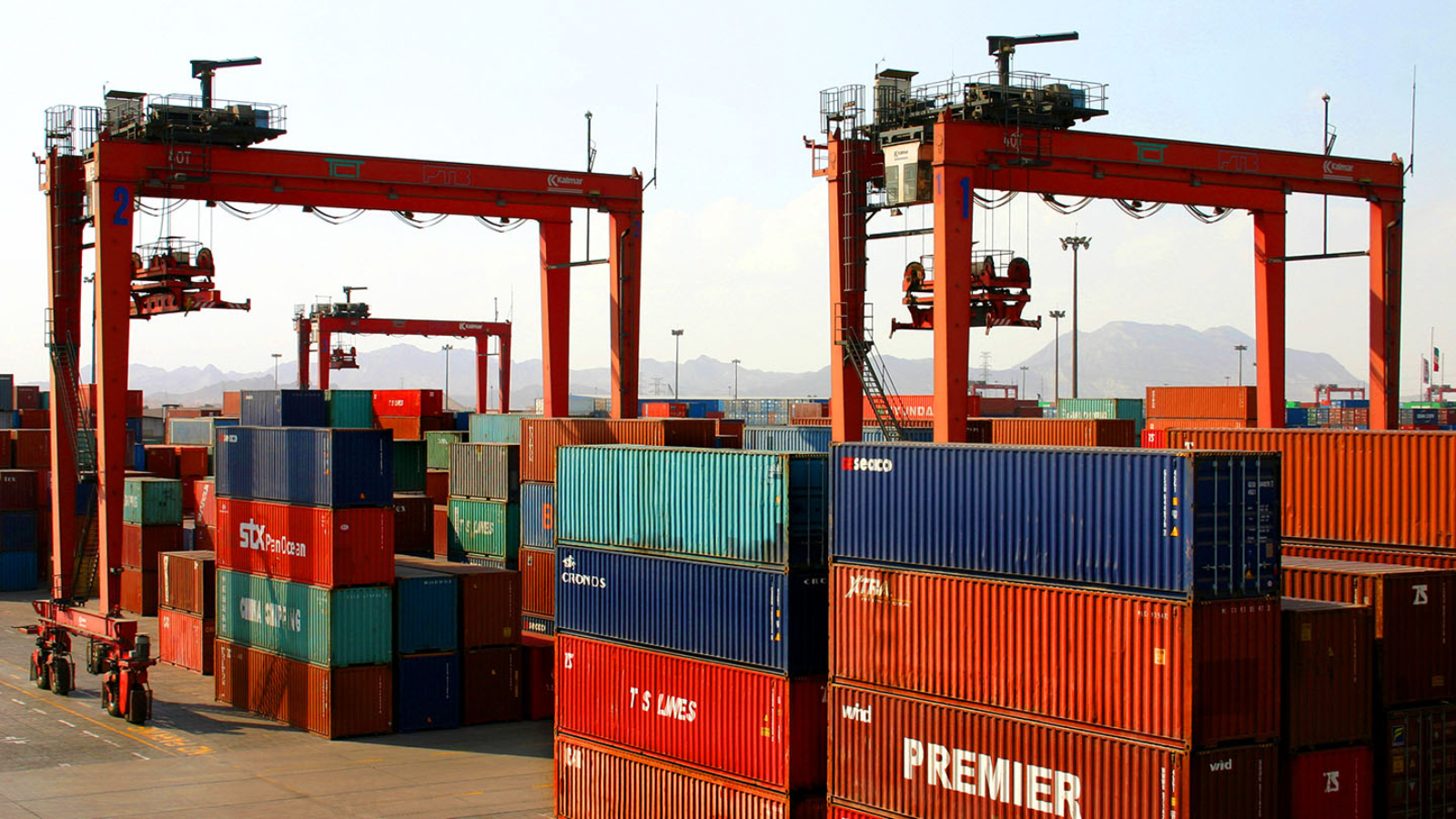Strip and Stuffing
In the logistics and transportation industry, the terms Strip and Stuffing refer to important activities in the loading and unloading process, especially common in containerized transport. Each of these processes involves specific tasks that help in the efficient management of goods during transportation.
Strip of Goods
The stripping of goods, also known as container unloading, refers to the process of removing goods from inside a container. This operation is usually performed after the container reaches its destination and includes the following steps:
- Unsealing the Container: If the container is sealed, the seals and locks must be removed by authorized personnel.
- Opening the Container Door: After unsealing, the container door is carefully opened to prevent any damage to the goods.
- Removing Goods: Goods are removed manually or with the help of specialized equipment like forklifts and pallet jacks.
- Inspection of Goods: After unloading, the goods are inspected for condition, quality, and quantity to ensure that there are no damages or discrepancies.
- Transfer to Warehouse or Destination: After unloading, goods are transferred to their final destination or warehouse.
Application of Strip: This method is mainly used for goods that have reached their final destination and need to be unloaded and handed over to the recipient. Stripping is widely used in the transportation of imported goods and requires high accuracy to maintain the goods’ safety.
Stuffing of Goods
The stuffing of goods, also known as container loading, refers to the process of placing goods inside the container to prepare them for transportation. This process is usually carried out at the point of origin and involves the following steps:
- Preparing the Container: The container is inspected for condition, seal integrity, and adequate space to ensure its cleanliness and suitability.
- Packaging Goods: Goods must be packed in a way that prevents damage during transit. This includes the use of pallets, cartons, and protective materials.
- Placing Goods Inside the Container: Goods are loaded into the container using mechanical equipment (like forklifts) or manually. Special attention is paid to weight distribution to maintain the container’s balance.
- Sealing the Container: Once loading is complete, the container door is closed and sealed with special seals to prevent tampering.
- Documentation and Recording: Information related to the container’s contents and its condition is recorded to enable tracking throughout the journey.
Application of Stuffing: This operation is mainly used for transporting export goods or goods that are being shipped from one warehouse to another. Stuffing helps ensure the safe and efficient transport of goods and plays an essential role in the supply chain.
Advantages of Strip and Stuffing
Both strip and stuffing operations are essential to ensure safe transport and correct delivery of goods. The benefits of these processes include:
- Minimizing Goods Damage: Proper packaging and placement during stuffing, and correct unloading in stripping, minimize the risk of goods damage.
- Better Inventory Management: These methods help accurately document inventory and prevent shortages or overstocking.
- Increased Speed and Efficiency: These operations contribute to the efficient transport of goods, facilitating the delivery and dispatch process.
Both strip and stuffing are integral to smooth logistics operations, enhancing the safety, efficiency, and accuracy of goods transport from origin to destination.


دیدگاه شما چیست؟